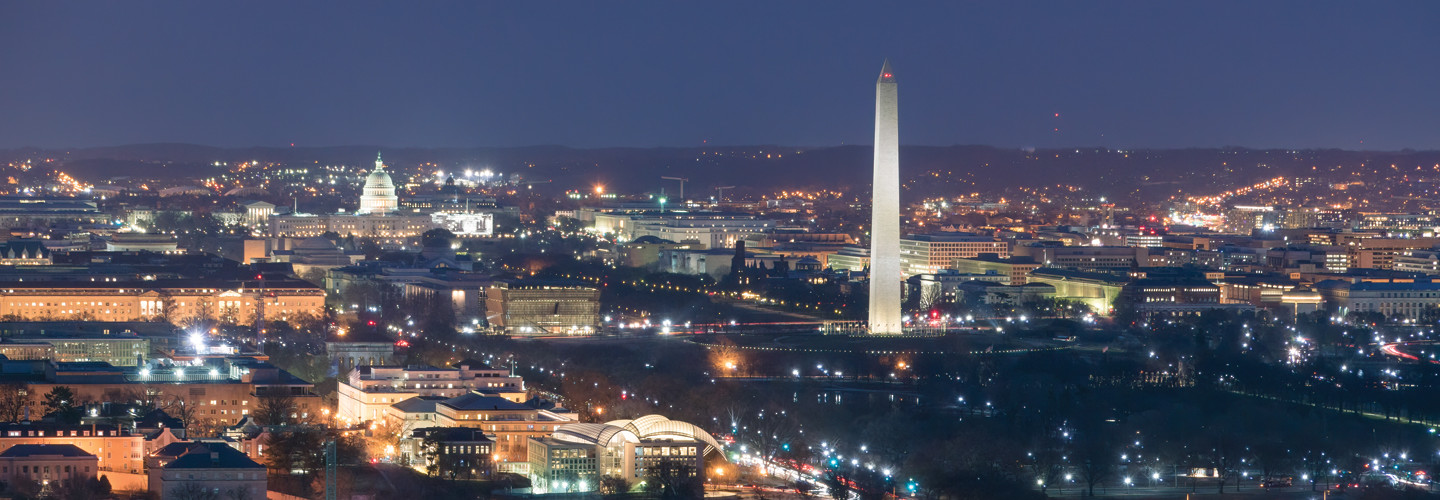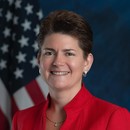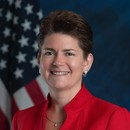FEDTECH: How have agencies’ investments in cloud technologies over the past few years paid off during the pandemic?
Roat: Cloud investments really paid off. The federal government started out with Cloud First and then the Cloud Smart strategy. Over the past several years, as agencies have been rationalizing their application portfolio, they’ve been moving to the cloud, and people have been teleworking throughout the federal government. Not to the extent, of course, that we’re doing now, but the CIOs had the infrastructure in place so that the federal government could just flip over to telework. If you think about it, that happened really, really seamlessly. The capabilities that the cloud gave — the flexibility, the scalability, all of those things — allowed for the federal government just to flip over.
Most everybody has laptops. Desktops, you don’t see those much anymore, but with laptops you can work from anywhere. It was a matter of expanding the capabilities for the federal employees, for logins, the virtual private networks — there’s been a ton of work around security to support remote work.
The Trusted Internet Connections program is just the workaround security, so people can work from home and they can work securely.
It’s interesting that even as the federal government flipped over to telework pretty seamlessly, it allowed the CIOs and the government to really focus on those citizen-facing services and use the cloud to be able to do that. In many instances, it was a matter of scaling, and you saw things like the VA, which flipped over to telemedicine, the work that HHS did with the states on data, things like that.
The response to the pandemic really focused not just on employees teleworking but really focused on mission continuity and the delivery of those public-facing services. It allowed the CIOs to really focus on the mission with the CARES Act and all the requirements that were coming out of it.
VIDEO: What lessons did federal IT leaders learn from the shift to remote work?
FEDTECH: I think it’s fair to say there were some growing pains in terms of scaling up IT and cloud resources. How will things get better based on lessons learned?
Roat: What’s next? There’s plenty of opportunities. The CIO Council came together, they identified some areas of focus. The change and what we’re doing, it really gives us some opportunities to innovate and challenge some of the norms, the status quos that we’ve had. Through the pandemic, you saw how quickly we could get bureaucracy out of the way. We were able to innovate and we were able to roll out solutions very fast. We had a lot of momentum. I think the opportunity that presents itself is how we maintain that momentum where acquisition, the CXOs across organizations, really came together to meet the mission space. Maintaining that momentum is one of the big things that we really should strive for to get some of that bureaucracy out of the way.












